Every month, the woman’s body prepares for conception and the possible onset of pregnancy. The long process of carrying a baby is accompanied by changes in the reproductive, digestive, nervous and other systems, heart and blood vessels. The body begins to work in a completely different way. After childbirth, the process of reverse development occurs, that is, all organs and systems return to the usual rhythm of work. Immediately plan the next baby is not worth it. It is necessary to give the body the opportunity to relax. In the event that the child was born by COP, it is advisable to become pregnant again no earlier than after three years. Until this time (and even before the onset of menstruation), you need to think about contraception.
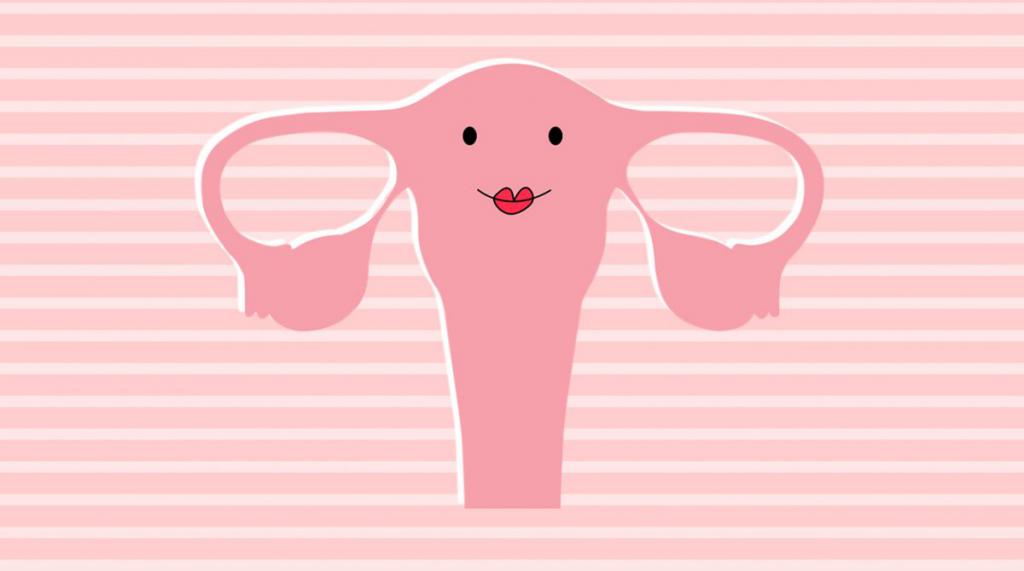
Discharge after surgery: normal
After childbirth (no matter if they passed naturally or the baby appeared as a result of the operation), the uterus is a continuous wound surface, so intense bloody discharge appears. This is not menstruation, but the process of restoring the female reproductive system. Over time, the uterus, which increased from 50 g to 1000-1200 g during pregnancy, contracts and returns to its normal state.
Spotting after childbirth appears immediately. That is why in a bag in the hospital you need to put several packs of disposable panties. Gaskets may not be enough, and tampons are forbidden to use (you need to control the abundance, color and consistency of the discharge). Within two hours after delivery, the woman is given an ice pack on her stomach so that the uterus begins to contract. Abundant discharge lasts for seven to ten days after childbirth, and then decline.
Normally, spotting continues for one and a half to one month after birth. At this time, menstruation does not occur, because the body has not yet fully recovered. These secretions are not associated with the onset of ovulation and the separation of the endometrial layer from the uterine cavity. The body is not yet ready to start bearing the baby again (it is the readiness for a new pregnancy that means the begun menstruation). When do menstruation begin after cesarean section? We will consider this question in more detail below.
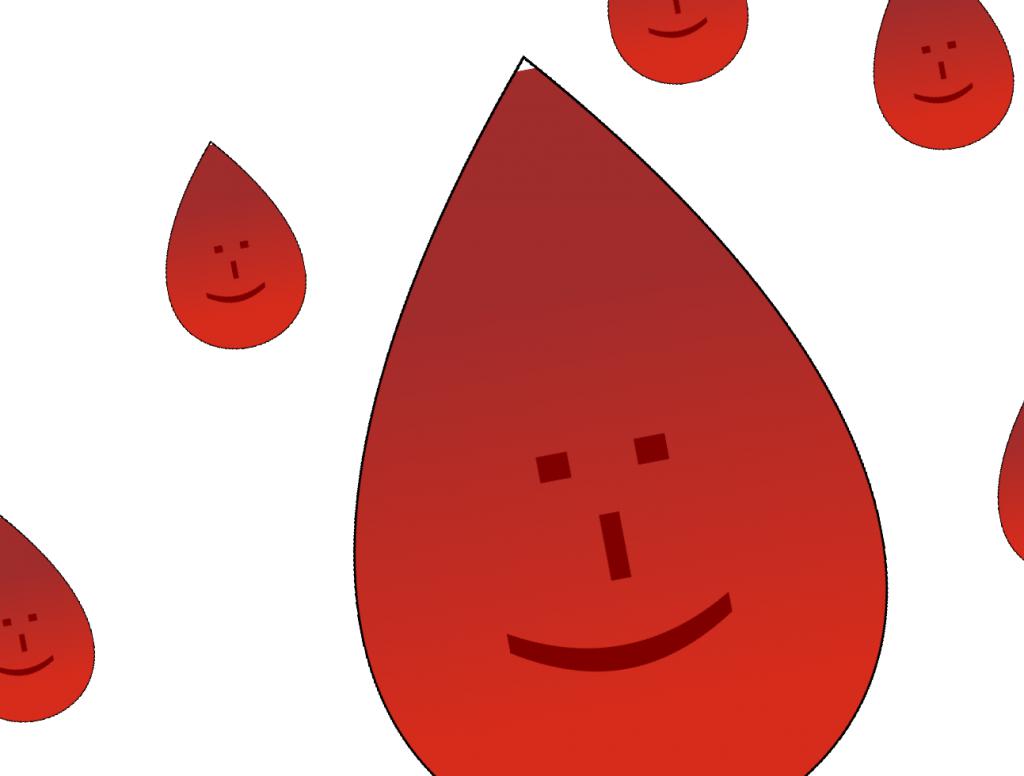
Possible complications after childbirth
Complications are relatively rare after CS. Spikes may appear - these are extra fused tissues. They are present normally, appear after any surgical intervention. Adhesions protect the female body from the appearance of pus, but there should not be too many of them. Another possible complication that affects the condition of the female body as a whole, including the time of onset of menstruation after childbirth, is a violation of peristalsis.
Endometrium is one of the most common complications after CS. This is an inflammation that is localized in the uterine cavity. With endometritis during the intervention, microbes unusual for him enter the body. The disease is manifested by severe pain in the lower abdomen, profuse brown discharge with inclusions of pus, which most often have an unpleasant odor, fever and weakness.
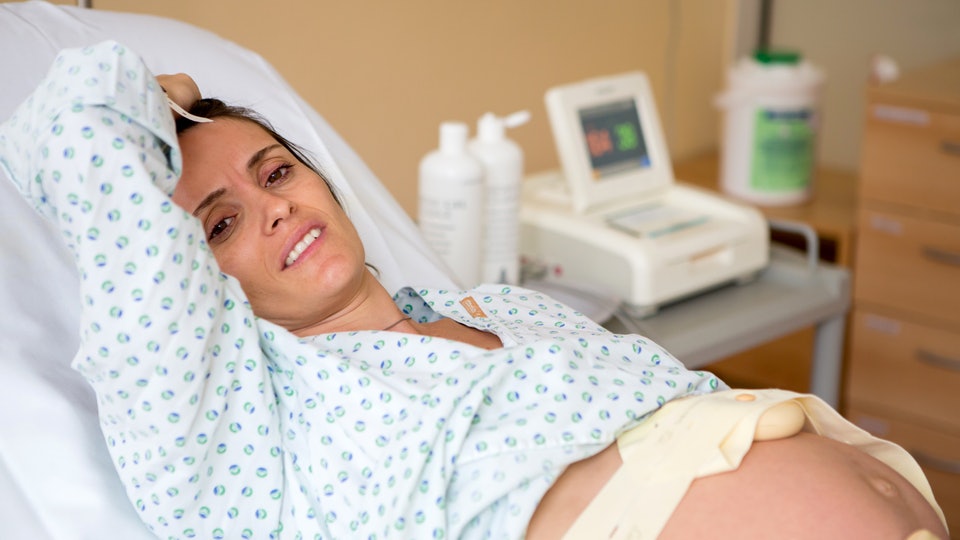
What affects the period of onset of menstruation
How many periods after cesarean section will appear again? Several factors influence the return time of critical days. Young mothers recover faster than women who give birth to a child aged 30 years or older. The younger the mother’s age, the faster the body will recover and menstruation will go again.
The reproductive system will quickly return to normal if there were no complications during pregnancy. It is important to combine the load and rest in the life of a young mother. If a young mother does not fully rest and becomes irritable, then her period will not recover quickly. In addition, the period of recovery of menstruation after cesarean section with artificial feeding or breastfeeding is affected by the lifestyle of a young mother before pregnancy, nutrition, and so on.
EP or COP and the onset of menstruation
Birth control tactics have little effect on the rate of recovery of the female body. If there were no complications, then the woman after EP and CS will recover in about the same period of time - about two months. Although, according to the experience of many women, the recovery of the body after CS in most is slower and harder than after EP.
The effect of breastfeeding
Most of all, lactation affects the period of recovery of menstruation after CS or EP. If a woman feeds the baby herself, then prolactin is produced, due to which milk production is ensured. In addition to this function, prolactin acts on the ovaries, but not in the best way. The more prolactin the body produces, the more sluggish the ovaries become. While mommy often feeds her baby, a quick recovery of her period is unlikely.

Menstruation after cesarean section during breastfeeding is restored after about four to six months. Even if at this time the young mother continues to breastfeed, the amount of prolactin begins to decrease. If there is initially little milk, then the periods after cesarean section with artificial feeding will begin two to three months after CS (two weeks after postpartum hemorrhage).
Some patterns
In most cases, there is a close relationship between lactation and the menstrual cycle. Doctors note such patterns:
- The first CD after CS often occurs with the introduction of complementary foods to the baby.
- With mixed feeding, critical days come on average three to four months after CS.
- With active breastfeeding, menstruation after cesarean section may not occur for several months (even more than a year).
- If a woman, in general, does not feed the baby on her own, then physiological discharge may begin five to eight weeks after CS, but no later than two to three months later.
Normal periods after cesarean
Menstrual flow speaks about how internal processes proceed. The nature of menstruation may warn of possible violations. The first CDs after CS are likely to be very plentiful. Intensive discharge will be in the next cycle, although in general the condition of the woman will not worsen. The reason for heavy periods is that hormones begin to work more actively to restore the ability to conceive. If intense discharge does not stop for a long time, you should consult a doctor. Perhaps this is a sign of hyperplasia, that is, the formation of cells in large numbers, or other serious pathologies.
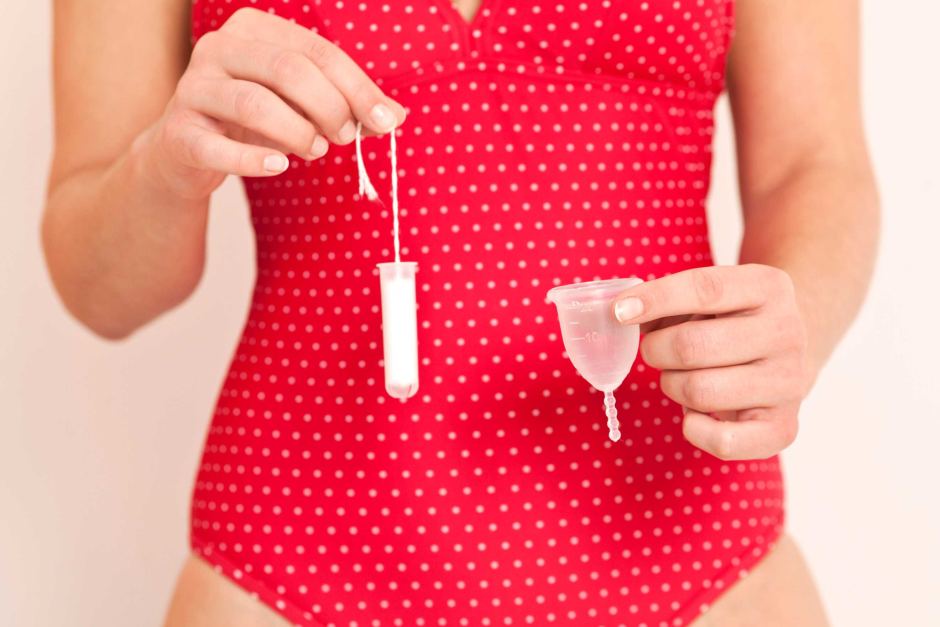
In the first month after menstruation after cesarean section with artificial feeding or natural ovulation will not be, because the body has not yet recovered. By the next critical day, the ovaries will begin to work more actively, the hormonal background is balanced, and ovulation will become regular. Given the characteristics of the body, do not worry about the inconstancy of the cycle in the first three to four months. After the normalization of the cycle, it will be approximately 21 to 35 days, and the duration of menstrual bleeding is 3-7 days.
Cycle duration
During the first four months after CS, menstruation that occurs every two to three weeks should not cause concern. If critical days come more than three cycles in a row, then this may indicate problems in the contractile activity of the uterus. This condition can be caused by surgery or the negative effect of certain drugs on the body. What is the period after cesarean section? As usual - three to seven days. It is also necessary to consult a gynecologist if the duration of critical days exceeds seven days.
Normal menstrual flow
Menstruation after cesarean section during breastfeeding should not be either very plentiful or meager. Scanty discharge indicates insufficient contractions of the uterus, which can cause blood stasis and inflammation. Abundant menstruation is the norm only in the first two months, after which it can only be uterine bleeding, which requires urgent medical attention. Tangible pain during menstruation or spotting discharge most often speak of endometritis.
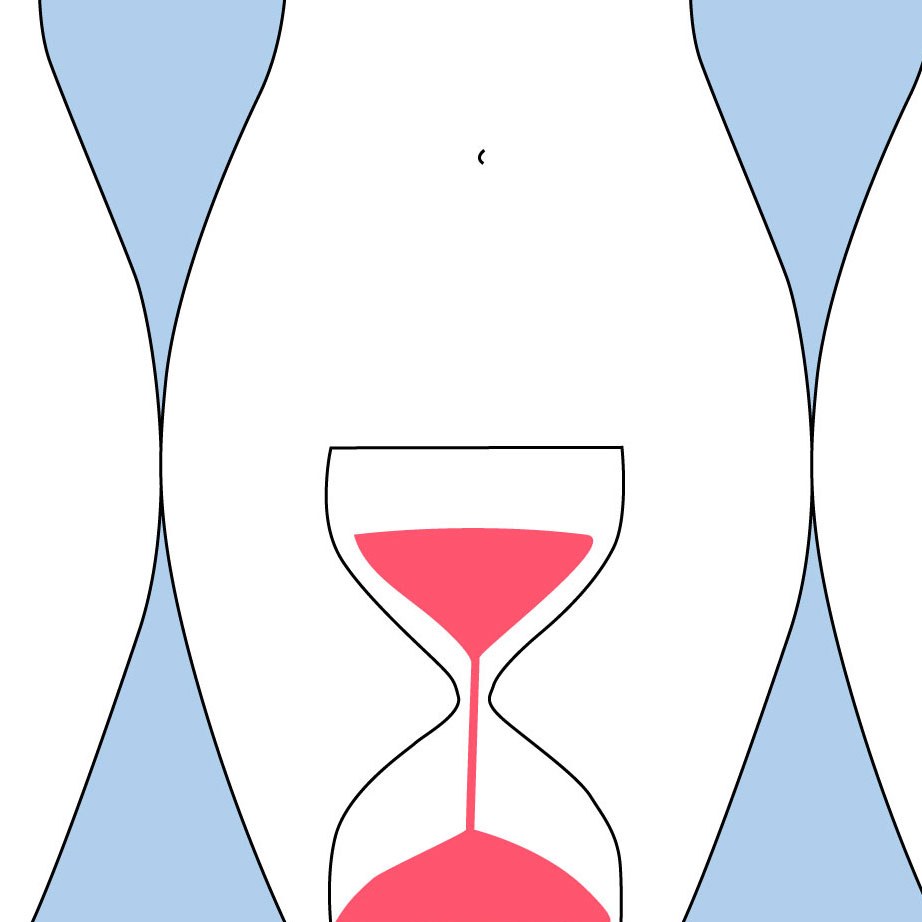
Cycle Recovery After COP: Tips
Menstruation after cesarean section with artificial feeding will recover faster if you follow a number of recommendations. It is necessary to observe the regimen, that is, sleep well, walk every day in the air and eat right. It is important to reasonably limit hygiene procedures. Hot baths are contraindicated, as are the use of tampons, bathtubs or douching. For some period it will be necessary to be content only with a shower and gaskets.
After surgery, a woman will have to maintain sexual peace for some time. It is advisable to refrain from vaginal sex for three to four months. If sex is still there, then you need to take care of protection from conception. A woman is able to give birth to a healthy child without harm to her own health only after three or four years (during this time the seam will completely resolve and the body will recover). Conception in the second cycle may result in miscarriage or damage to the uterus.

In which case you need to contact a gynecologist
For menstruation after cesarean section with artificial feeding or natural, a woman should monitor herself. You need to visit a doctor a maximum of two to three calendar months after delivery, but you should not postpone a visit to a specialist if the discharge has ended too quickly or continues for a long time, menstruation does not come within four months after COP or EU, does not differ in regularity after three cycles, are very plentiful or meager. Perhaps this indicates some serious violation. As a result of the examination, hormonal failure and gynecological diseases can be diagnosed. To restore the female reproductive system, it is necessary to undergo an adequate course of treatment. So a woman can subsequently conceive, bear and give birth to yet another desired baby.